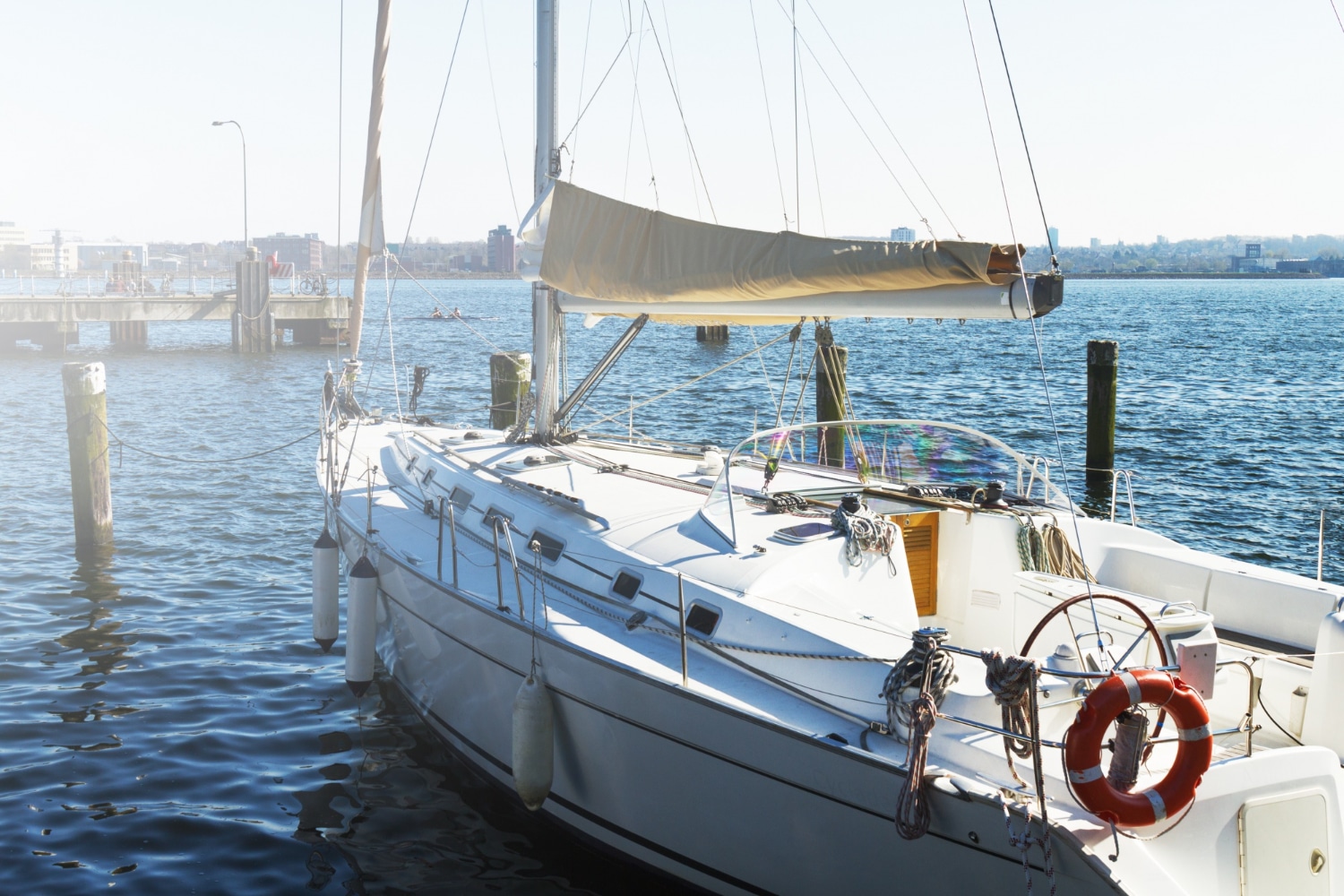When you set up a life insurance policy, one of the most important decisions you’ll make is who will receive the payout. This person, called a beneficiary, stands to receive the funds from your policy when you pass away. It’s a simple term, but the choices behind it can be deeply personal, emotional, and sometimes confusing.
If you live in Fort Myers and are trying to figure out the smartest way to list or change your beneficiaries, you’re not alone. Whether you’re naming a family member, close friend, or even an organization, knowing how this choice works and what can go wrong is key to making sure your intentions are honored. As a life insurance company in Fort Myers, Bassine Insurance Agency works closely with individuals to help them make informed and thoughtful decisions.
What Is a Life Insurance Beneficiary?
A life insurance beneficiary is the person or group you choose to get the money from your policy after you’re gone. It’s a legal designation. The insurance company uses your instructions to decide who gets paid and how. This means the person doesn’t have to wait for the will to be read or go through probate. They just need to provide a death certificate and other required documents. The insurance company then handles the payout directly.
You can name one or more people as your beneficiaries and divide the payout however you choose. Some people choose to leave everything to their spouse or partner. Some split the payout equally between their kids. Others include family friends or even a charity.
There are two types of beneficiaries:
1. Primary Beneficiary: This is the first in line to receive the payout.
2. Contingent Beneficiary: This person or group receives the payout if your primary beneficiary has already passed away or can’t be found.
Example: You name your spouse as your primary beneficiary and your brother as the contingent beneficiary. If your spouse passes before you or cannot be located, your brother will receive the payout.
Naming a contingent beneficiary can help avoid confusion and potential legal delays. Without one, the money might go to your estate and get tied up in probate.
Common Questions About Life Insurance Beneficiaries
When it comes to naming beneficiaries, people often have similar concerns. We hear these questions a lot and want to help clear things up.
1. Who can I name as a beneficiary?
You can name almost anyone—spouse, child, sibling, friend, or even an organization or trust. What matters most is making sure they are clearly identified in your policy.
2. Can I change my beneficiary later?
Yes. Life happens, and your beneficiary list should reflect that. Whether you’ve married, had a child, divorced, or experienced another major change, you can adjust your policy. As long as your current beneficiary isn’t marked as irrevocable, you can update the name whenever needed.
3. What happens if I don’t name a beneficiary—or they pass away before me?
If there isn’t a valid beneficiary listed when you pass away, the payout usually goes to your estate. From there, it may be delayed or used in ways you didn’t intend. That’s why it’s important to review your policy details every so often.
Keeping things updated avoids messes your loved ones will have to sort out later.
How To Choose The Right Beneficiary
Naming a beneficiary might seem easy, but a thoughtful approach makes a big difference. This decision can shape the future of the people you care about most. Avoid snap decisions and take a little time to think it through.
Start by revisiting your reasons for buying the policy. Was it to support your kids through school? Cover your spouse’s everyday expenses if something happens to you? Give back to a cause that changed your life? Different goals call for different choices.
Here are things to think about before finalizing a name:
– Age and maturity: If you’re naming a minor, they can’t access the money directly. You’ll need to set up a trust or name a legal guardian to manage the funds until they come of age.
– Stability and financial sense: Consider whether your beneficiary can manage a large sum of money responsibly. If not, you might look into setting up structured payments or other options.
– Relationship changes: Friendships and family ties can shift. A trusted person today may not be part of your life tomorrow. Pick someone you believe will stay in your life and truly honor your wishes.
– Legal issues or debt: If your beneficiary has ongoing legal trouble or serious debt, creditors may try to claim part of the payout.
– Location and communication: Choose someone who can be contacted easily, especially during a difficult time. The smoother it is to reach them, the quicker the payout.
These considerations help make sure your policy does what it’s meant to do—support the people or causes that matter to you when it’s needed most.
Steps To Update Your Beneficiaries
Once you have chosen the right person or group, it’s on you to keep those details accurate. People move, names change, and life marches on. If your beneficiary info doesn’t reflect real life, your plan might fall through just when your loved ones need it.
Updating your beneficiary info isn’t hard, but it’s usually not as simple as making a phone call. Most insurers require a completed form, sometimes through their website or in physical form with a signature. As a life insurance company in Fort Myers, we’ve guided many clients through this process and can help every step of the way.
Here are tips to make sure you’re always up to date:
- Review your beneficiaries once a year. Life doesn’t slow down. Check to make sure the list still reflects your situation.
- Update after major life milestones. Births, weddings, divorces, and funerals—these are all good reasons to revisit your policy.
- Use full legal names and clear relationships. Don’t just list “my kids” or “my spouse.” Spell out full names and specifics. If you have multiple kids, make it clear how the payout should be divided.
- Share your plan. While it’s not required, telling your selected beneficiaries helps avoid surprises and confusion. They’ll be more prepared when the time comes.
- Use the insurer’s official forms. Verbal agreements or written notes won’t cut it. Make sure to follow the process laid out by your insurance company.
Keeping everything up to date ensures your policy reflects your current wishes. A little effort now can save your loved ones a lot of time and stress later.
Why Your Choices Today Matter Tomorrow
Naming and updating your life insurance beneficiaries is one of those quiet to-do list items that can make a huge difference down the road. It’s easy to overlook, but it’s an important part of your planning.
Whether it’s been a few days or a few decades since you set up your policy, checking in on your choices helps make sure your life insurance still matches your goals. Intentions don’t count if the paperwork no longer reflects them.
Being clear, accurate, and intentional with your beneficiary list means your wishes are more likely to be honored. It helps the people you love and avoids legal mix-ups. By adjusting your policy as your life changes, you’re creating peace of mind not just for yourself, but for the people counting on you.
Consider your beneficiary choices carefully to ensure that everything aligns with your goals. Whether you’re re-evaluating an existing policy or setting up a new one, taking these steps can prevent misunderstandings and ensure peace of mind. If you’re looking for more insight or guidance, see how a life insurance company in Fort Myers like Bassine Insurance Agency can provide personalized support to secure your family’s future.




